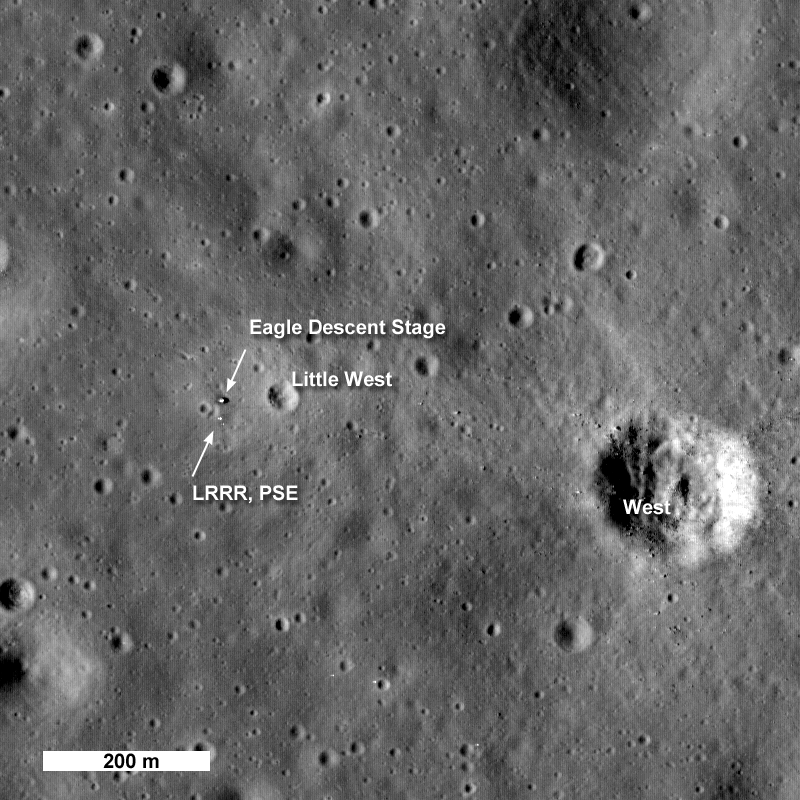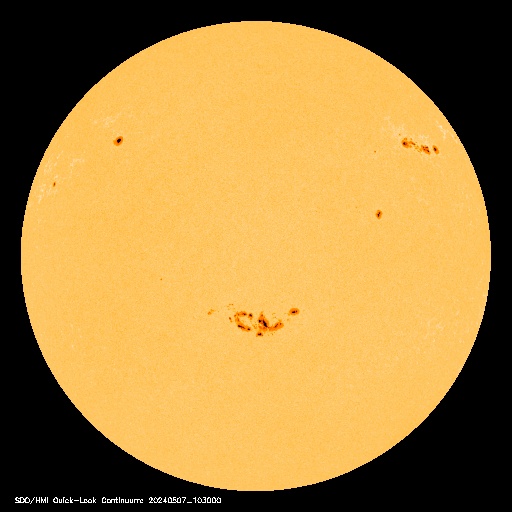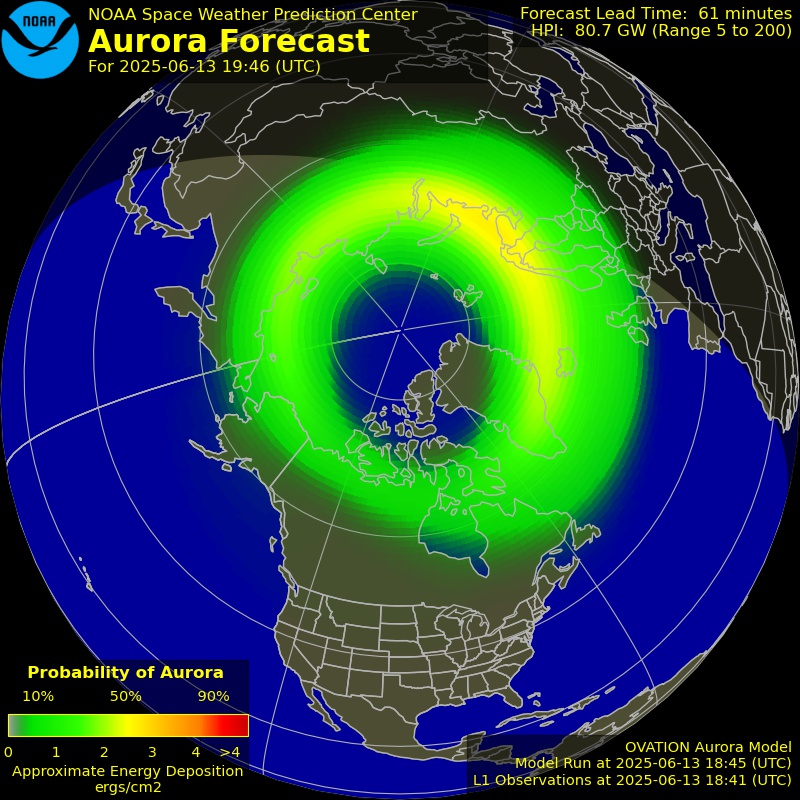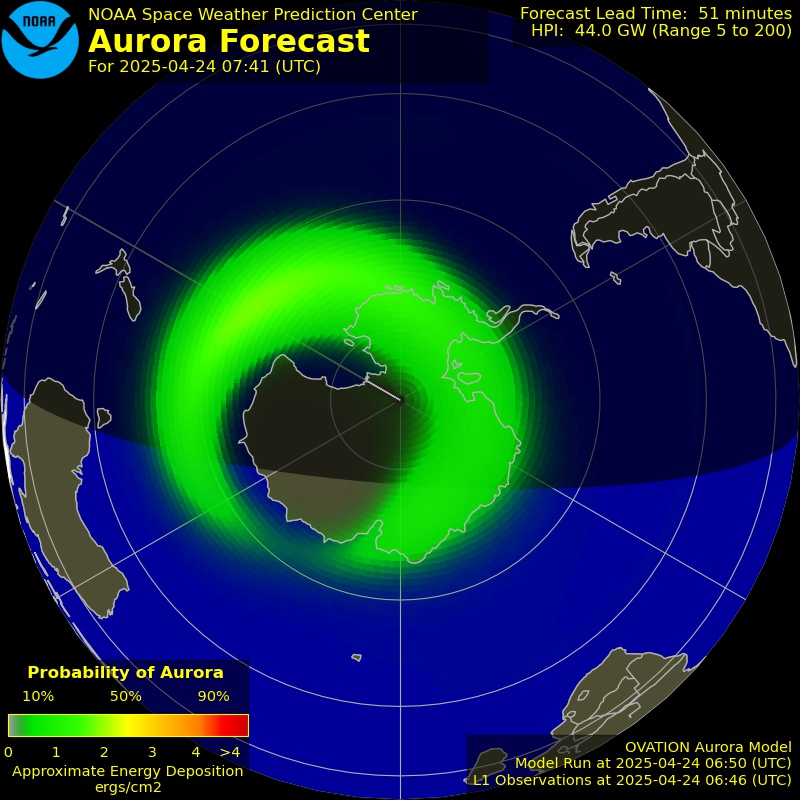By now you’ve probably seen the sad news that Neil Armstrong, the first man to walk on the Moon, died yesterday from complications due to heart surgery carried out earlier this month to relieve four blocked coronary arteries.

The following is a statement from NASA Administrator Charles Bolden regarding the death of former test pilot and NASA astronaut Neil Armstrong. He was 82.
“On behalf of the entire NASA family, I would like to express my deepest condolences to Carol and the rest of Armstrong family on the passing of Neil Armstrong. As long as there are history books, Neil Armstrong will be included in them, remembered for taking humankind’s first small step on a world beyond our own.
“Besides being one of America’s greatest explorers, Neil carried himself with a grace and humility that was an example to us all. When President Kennedy challenged the nation to send a human to the moon, Neil Armstrong accepted without reservation.
“As we enter this next era of space exploration, we do so standing on the shoulders of Neil Armstrong. We mourn the passing of a friend, fellow astronaut and true American hero.”
US President Barack Obama has also paid tribute to astronaut Armstrong and said on his Twitter feed: “Neil Armstrong was a hero not just of his time, but of all time.”
Hundreds of millions watched Armstrong land on the Moon on 20 July 1969 and describe it as: “One small step for a man, one giant leap for mankind.“.
The line became one of the most famous quotes of the 20th Century.
Armstrong’s family in statement praised him as a “reluctant American hero” and urged his fans to honour his example of “service, accomplishment and modesty“.
“The next time you walk outside on a clear night and see the moon smiling down at you, think of Neil Armstrong and give him a wink,” the family said.
Armstrong was famously reclusive and refused most public appearances and interviews.
However, in a rare interview with Australian TV this year, he reflected on a moment during his three hours on the Moon when he stopped to commemorate US astronauts and Soviet cosmonauts who had died in action. “It was special and memorable, but it was only instantaneous because there was work to do,” he said.
Armstrong and fellow astronaut Edwin “Buzz” Aldrin collected samples, conducted experiments and took photographs during their short moonwalk. Recent images from the Lunar Reconnaissance Orbiter have shown the Lunar Lander’s lower stage that was left on the Moon.

The Apollo 11 “Eagle” descent stage and the Laser Ranging Retro Reflector (LRRR) and Passive Seismic Experiment (PSE) in the Sea of Tranquility
Aldrin, when interviewed by the BBC, said he would remember his colleague as a “very capable commander and leader of a world achievement“.
“We’re missing a great spokesman and leader in the space programme,” he said.
Apollo 11 was Armstrong’s last space mission. In 1971, he left the US space agency NASA to teach aerospace engineering.
“I am, and ever will be, a white-socks, pocket-protector, nerdy engineer,” he said in February 2000 in a rare public appearance.
Additional information about Armstrong is available on the Web at: http://www.nasa.gov and http://www.neilarmstronginfo.com
Filed under: Manned Space Flight




















Thank you for your accomplishments Mr. Armstrong. We are all very proud of you. R.I.P.